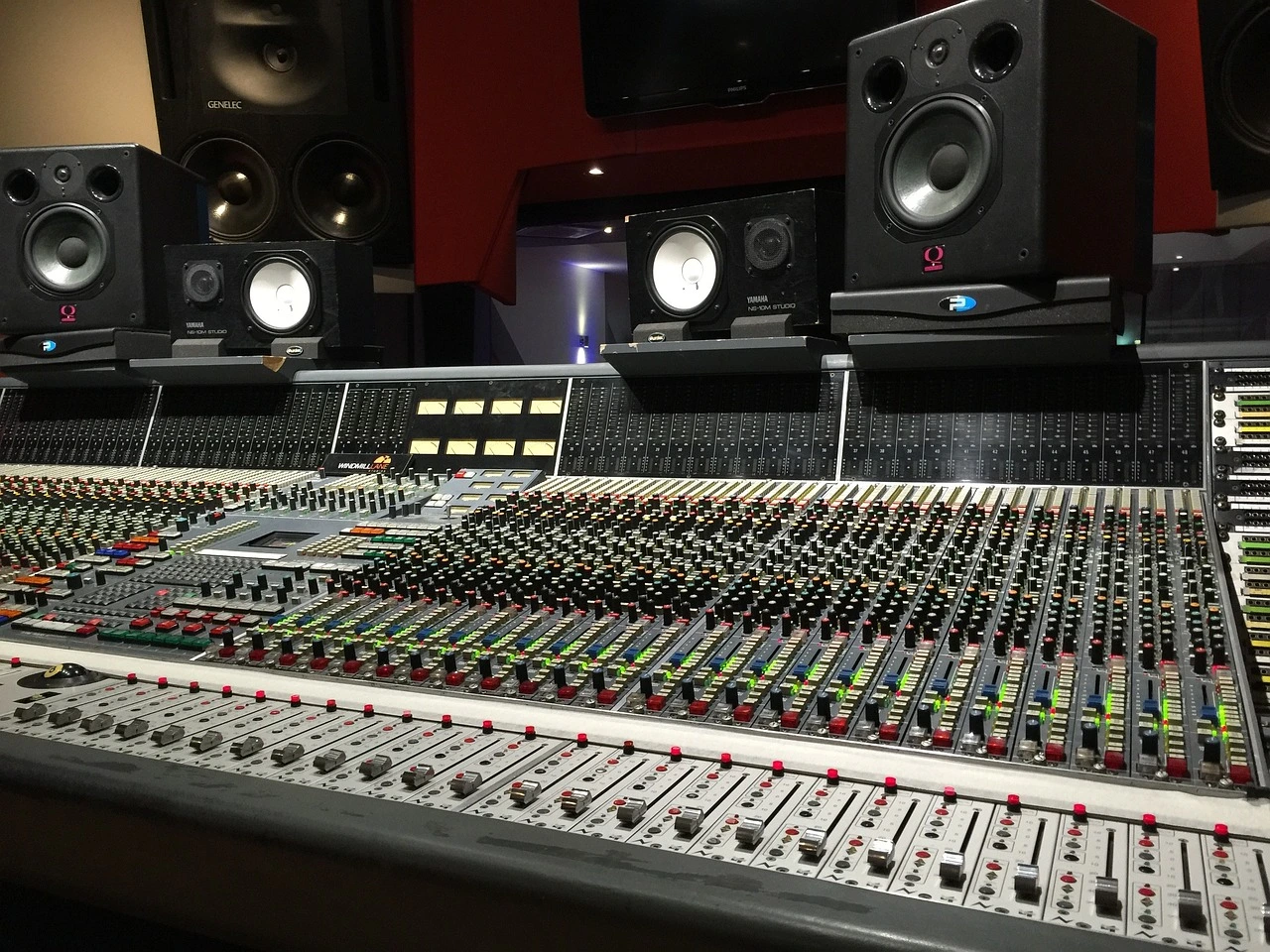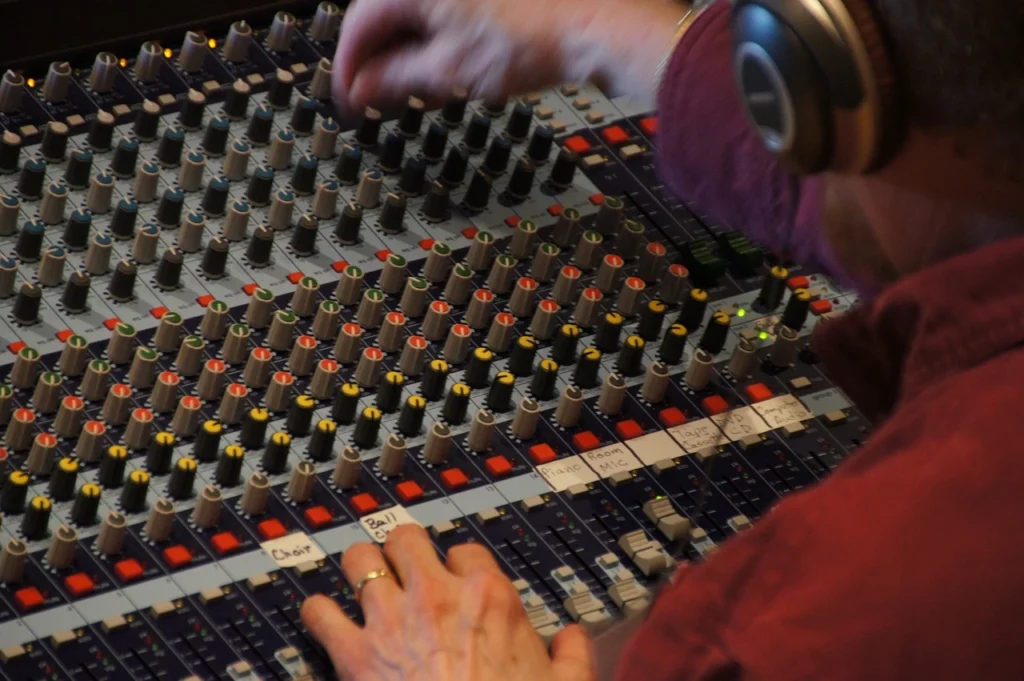
Table of Contents
7 Crucial elements – Audio Mastering Techniques
To produce professional-sounding output, master key audio mastering techniques like EQ, compression, and stereo imaging. Learn how to optimize loudness, balance the stereo field, adjust dynamic range, and improve clarity and definition. Learn the value of reference tracks and appropriate monitoring conditions. Since mastery is a science as well as an art, try out several methods to get a polished and well-balanced final output.
Music Mastering Techniques and Plugins

Audio Mastering Techniques
The last stage of the music production process is audio mastering. It entails refining and maximizing a recording’s audio quality to guarantee optimal playback across various platforms. We’ll look at a few key audio mastering strategies in this post that might assist you in producing results that sound great.
EQ (Equalization)
A vital instrument in audio mastering is equalization (EQ). It lets you modify the mix’s overall tonal balance and the way the frequencies are balanced. Enhance each element’s definition and clarity with EQ to make sure it blends nicely with the others in the mix. Take care not to overdo it, as too many EQ changes might produce an artificial, harsh sound.
Compression
By narrowing the dynamic range of a mix, compression lessens the disparity between the loudest and softest sections. It contributes to leveling out the audio and improving consistency throughout. When mastering, try to achieve a transparent, modest compression that improves the mix without adding unintended artifacts.
Stereo Imaging
The position and breadth of the audio stream inside the stereo field are referred to as stereo imaging. Establishing a well-rounded and captivating auditory experience is crucial. To improve the width and depth of the mix and make sure that every piece has its own space without interfering with phase or mono compatibility, use stereo imaging techniques.
Loudness Maximization
The technique of raising a mix’s total volume to make it competitive with other commercial releases is known as “loudness maximization.” Utilize a mastering compressor or limiter to properly regulate the peak levels and avoid any undesired distortion. But be careful not to sacrifice the mix’s musicality and dynamic range in the name of volume.
Saturation and Harmonic Excitement
Warmth, depth, and character can be added to a mix by using saturation and harmonic excitement. These methods can improve the overall sound quality by simulating the aesthetically attractive distortion features of analog equipment. To enhance the mix’s richness and add a hint of harmonic content, use analog hardware or saturation plugins.
Reference Tracks
Having reference tracks that accurately capture the sound you want is crucial while mastering. The genre and style of these music should align with your own mix, and they should have been expertly mixed and mastered. Make sure your mix holds up against commercial releases by using them as a standard against which to assess it.
Monitoring Environment
Accurate audio mastering requires a suitable monitoring environment. Employ top-notch studio monitors and place them in a space with acoustic treatment. During the mastering process, this will enable you to hear the subtleties and nuances in your mix and make well-informed decisions.
Conclusion
Using these methods will help you produce music that sounds professional. Mastering is an essential phase in the music production process. Recall that mastery is a science and an art, and that acquiring the required abilities requires patience and repetition. Try out several methods, believe in your instincts, and work toward producing a final output that is well-balanced and polished.
Check out this blog related to this blog
Check our featured blog
What are the stages of audio mastering? 7 Simple steps
How Do Musicians Make Money?
How Do Musicians Make Money? Discover the most important revenue streams for musicians: live performances and tours, music sales and streaming, royalties and licensing, and merchandising and brand collaborations. Discover how various revenue streams influence a musician’s financial success and audience involvement in today’s music industry. Understand the value of strategic planning and personal branding…
The Elements of Music Theory: 7 Comprehensive Guide
What is the theory of the music? Music theory is the study of musical practices and possibilities. Its fundamental purpose is to provide a framework for understanding, composing, and evaluating musical works. Music theory allows artists and aficionados to understand the various structures and ideas that drive musical compositions ranging from classical symphonies to modern…
What are The 7 Musical Notes?
What are the 7 musical notes? Learn about the importance of musical notes and the concept of the C major scale. Explore how musical notes are the foundation of music theory and composition, and how they allow musicians to communicate and notate their ideas. Discover the relationship between different notes and how they create melodies…

Leave a Reply